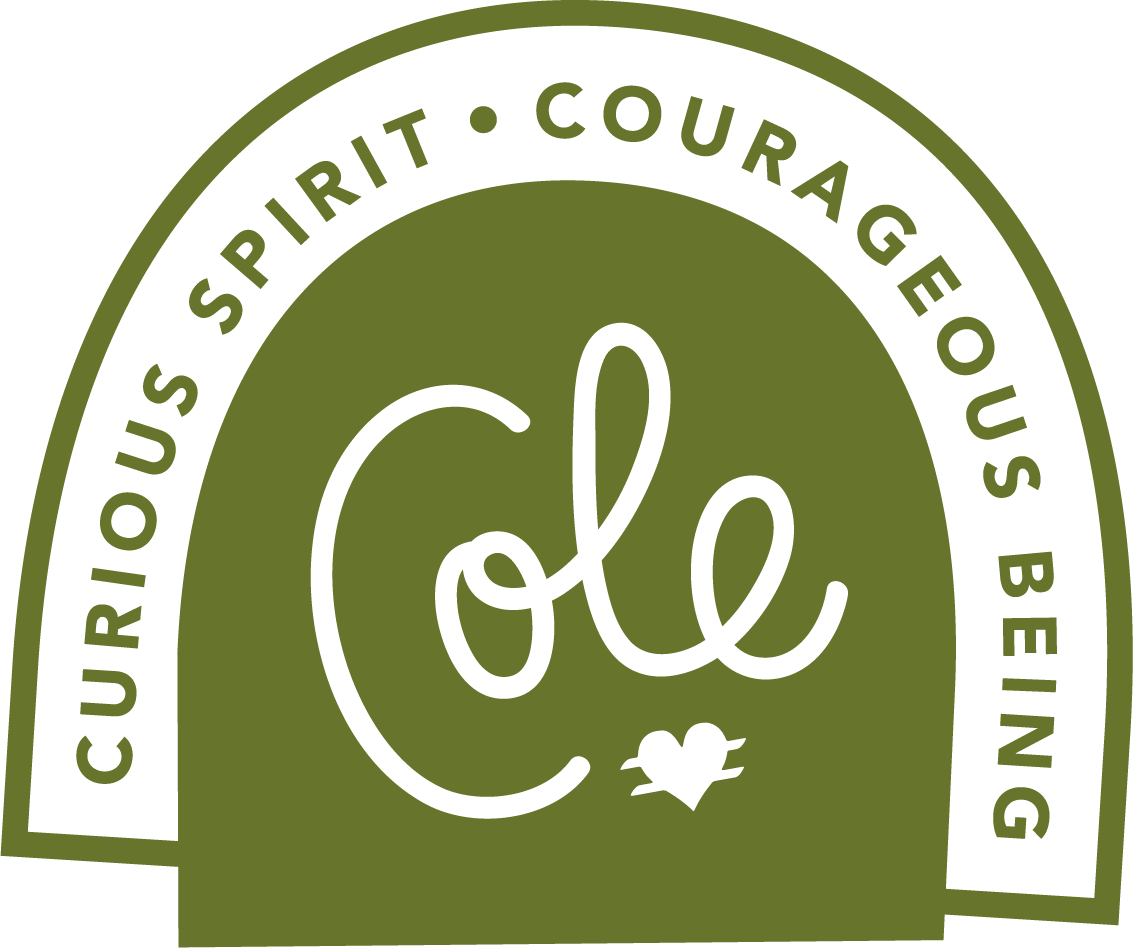What is Thanabotany™?
Thanabotany is an emerging field pioneered by Cole Imperi focused on the intersection of plants and people with death, dying, grief and loss.
The Birth of Thanabotany
The field of thanabotany was born in 2018 under Cole Imperi’s Lloyd Library & Museum Curtis Gates Lloyd Fellowship. She pioneered the study of how the relationship between plants and people (ethnobotany) intersects with the study of death and dying (thanatology). Thanabotanists not only seek to understand plant usage as it relates to the process of dying, they study the significance of plants by the bereaved. A number of different elements are included in the field including researching grave goods (the objects buried with the deceased), old medical texts and the symbolism depicted in ancient art for clues to understand how plants have accompanied us on our journey to the inevitable. Treating the dying and their loved ones with teas, tinctures, salves and even plants grown near the home has been part of shamanism, Ayurveda, Traditional Chinese Medicine and Appalachian Folk Medicine, to name a few.
Thanabotany is global with evidence crossing cultures, nationality, religion, families and more.
What is studied:
Plants used in dealing with the bodies of the dead, how they were used and why
Plants used in funerary and death-related rituals, how they were used and why
Why some plants were used differently depending on the health or prognosis of the patient
Folk medicine traditions involving the deceased
How this knowledge can contribute to modern life
From Lloydiana, Volume 21, Issue 1, P. 10
Thanabotany Featured in the Botanical Society of America’s Bulletin
Written by Cole Imperi, read “Thanabotany: the Emerging Field Where Plants, People and Death Intersect” published in the Botanical Society of America’s Plant Science Bulletin.
Specimen from the University of Cincinnati’s Margaret H. Fulford Herbarium
Pictured, an early Thanabotanical specimen—Ocimum basilicum L. Collected by Curtis Gates Lloyd himself in 1904 in the Samoan Islands, his notes read “is used to rub dead bodies.”
More about Thanabotany

Learn Thanabotany online with Cole







